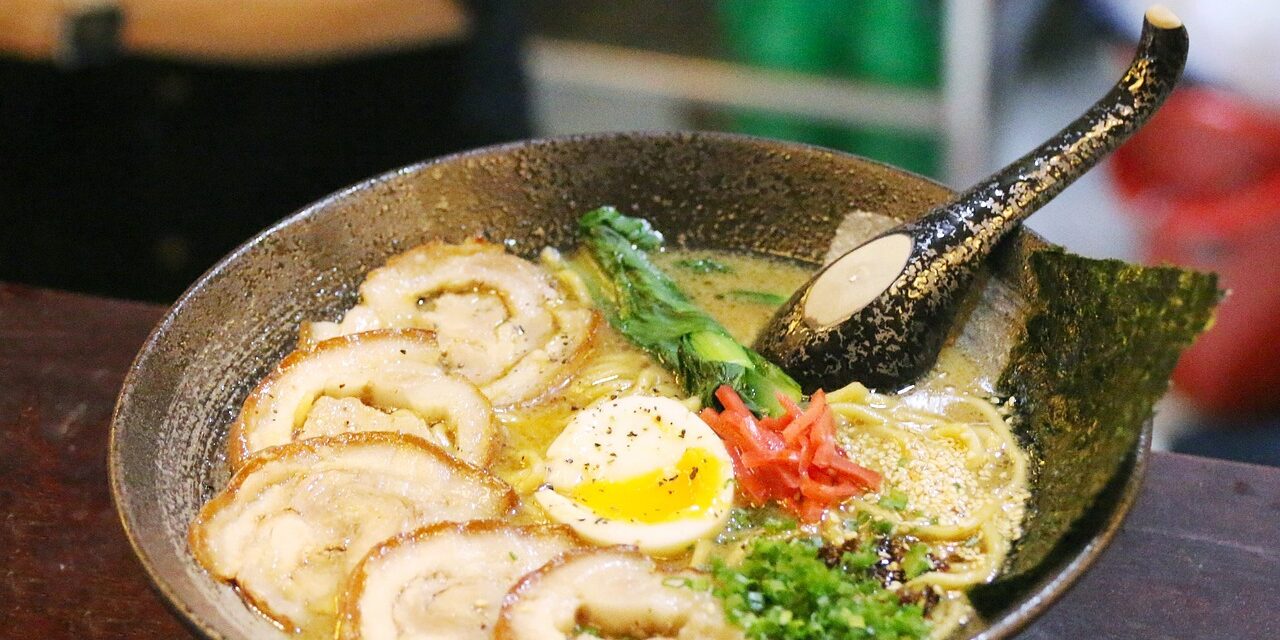Ramen, a culinary marvel that has transcended its humble origins in Chinese wheat noodles, has become a quintessential part of Japan’s gastronomic identity. The dish, characterized by its rich broth, long noodles, and a variety of toppings, presents an intricate tapestry of regional variations that reflect the diverse cultural and climatic environments across Japan. Within this context, certain cities have garnered acclaim as hubs of ramen culture, each offering distinct flavors, preparations, and experiences. This essay seeks to explore notable cities renowned for their ramen, focusing on Tokyo, Fukuoka, and Sapporo, while considering the cultural significance and various regional characteristics that contribute to their popularity.
Tokyo, as the capital city, stands as a formidable titan in the ramen landscape. As of 2023, the Tokyo Metropolitan area hosts approximately 5,000 ramen shops, constituting roughly one-fifth of the nation’s total establishments dedicated to this dish (Japan Ramen Association, 2023). The diversity and innovation that flourish in Tokyo are unparalleled, with shops like Ichiran and Ippudo serving as global ambassadors for the dish’s versatility. The city favors tonkotsu (pork bone) and shoyu (soy sauce) ramen, but a myriad of hybrid styles exist. The rise of gourmet ramen has been notable, with chefs incorporating international influences and artisan techniques that challenge traditional boundaries. The proximity to a plethora of ingredients and the presence of an ever-evolving culinary trend elevate Tokyo not merely as a city of ramen, but as a vibrant arena for gastronomic experimentation.
Conversely, Fukuoka, located on the island of Kyushu, is revered for its unique culinary heritage, especially its signature tonkotsu ramen. Known locally as Hakata ramen, this variant is distinguished by a rich, milky broth derived from boiling pork bones for extended periods, yielding a creamy, opaque liquid that is flavorful yet smooth. A notable statistic highlights the assertive nature of Fukuoka’s ramen culture: approximately 1,000 ramen shops are concentrated in the Hakata district alone (Kyushu Ramen Association, 2023). The culture surrounding ramen in Fukuoka is not merely about consumption; it is steeped in social tradition, often enjoyed at yatai (street stalls) where diners experience an intimate communal atmosphere. Furthermore, the fascination with tonkotsu has sparked international interest, with Fukuoka-style recipes appearing in ramen restaurants worldwide, further enhancing the city’s status as a global ambassador for this ramen style.
In contrast to the flavorful offerings of Fukuoka, Sapporo represents the northernmost city recognized for its distinct ramen variant known as Sapporo ramen. The city’s harsh winters necessitate a hearty meal, which is reflected in the robust miso-based broth that characterizes Sapporo ramen. As of 2023, Sapporo has approximately 1,300 ramen shops, where unique toppings such as corn, butter, and bean sprouts are popular (Hokkaido Ramen Association, 2023). The establishment of the Ramen Alley in Sapporo’s Susukino district serves as a focal point for both locals and tourists, encapsulating the city’s vibrant ramen culture within a compact space. This concentration offers a microcosmic exploration of miso ramen, allowing patrons to sample diverse interpretations of the base concept while fostering a sense of community.
Additionally, the socio-economic impacts of these ramen-centric cities cannot be overlooked. According to the Japan Food Service Association (2023), the ramen industry bolsters local economies, with ramen shops generating substantial employment opportunities and attracting tourism. The phenomenon of ramen tourism, wherein food enthusiasts travel specifically to explore renowned ramen districts, has been reinforced by information-sharing platforms and social media, especially Instagram, illustrating the combination of tradition and modernity that encapsulates the ramen experience.
In conclusion, the culinary landscape of ramen in Japan is marked by a rich historical context and evolving contemporary practices. Tokyo, with its cosmopolitan flair, Fukuoka’s rich heritage of tonkotsu ramen, and Sapporo’s distinctive miso variation each epitomize the regional diversity that defines Japanese cuisine. These cities not only serve as exemplary centers for ramen but also exemplify the intertwined nature of culture, tradition, and economic vitality within the Japanese food industry. Understanding the nuances of each city’s ramen offerings provides valuable insight into the broader cultural fabric of Japan, positioning ramen as more than food, but as a symbol of regional pride and innovation.

